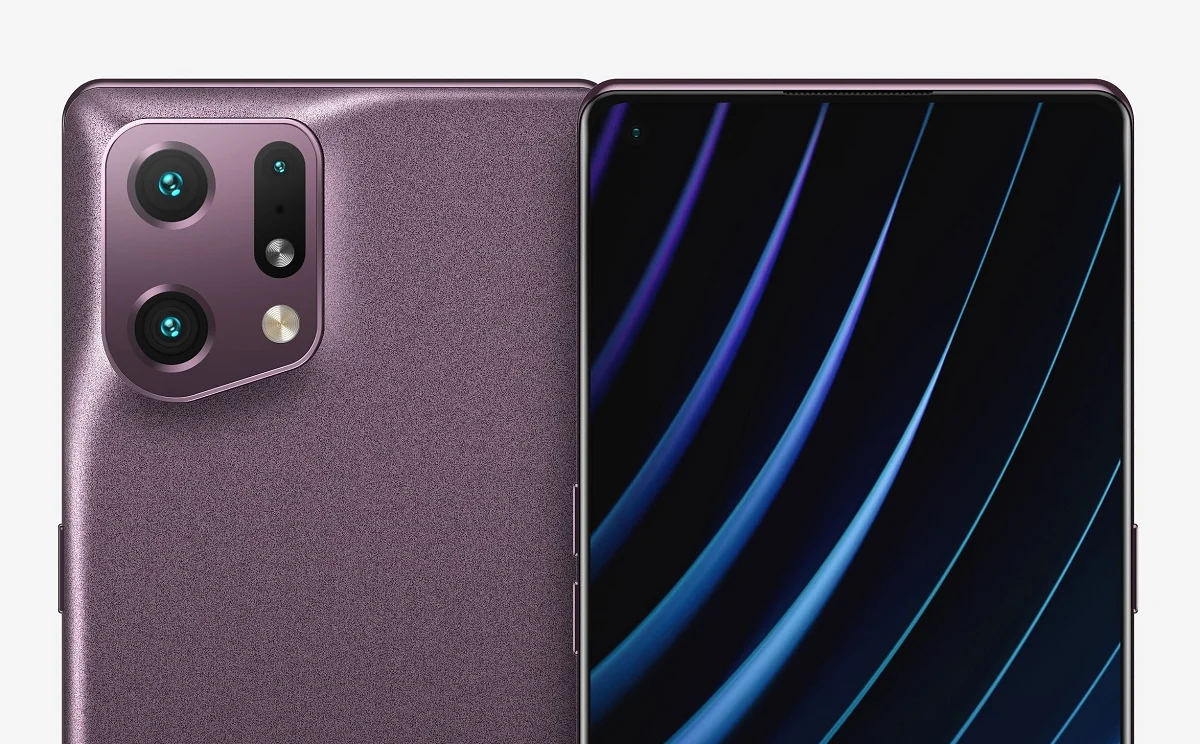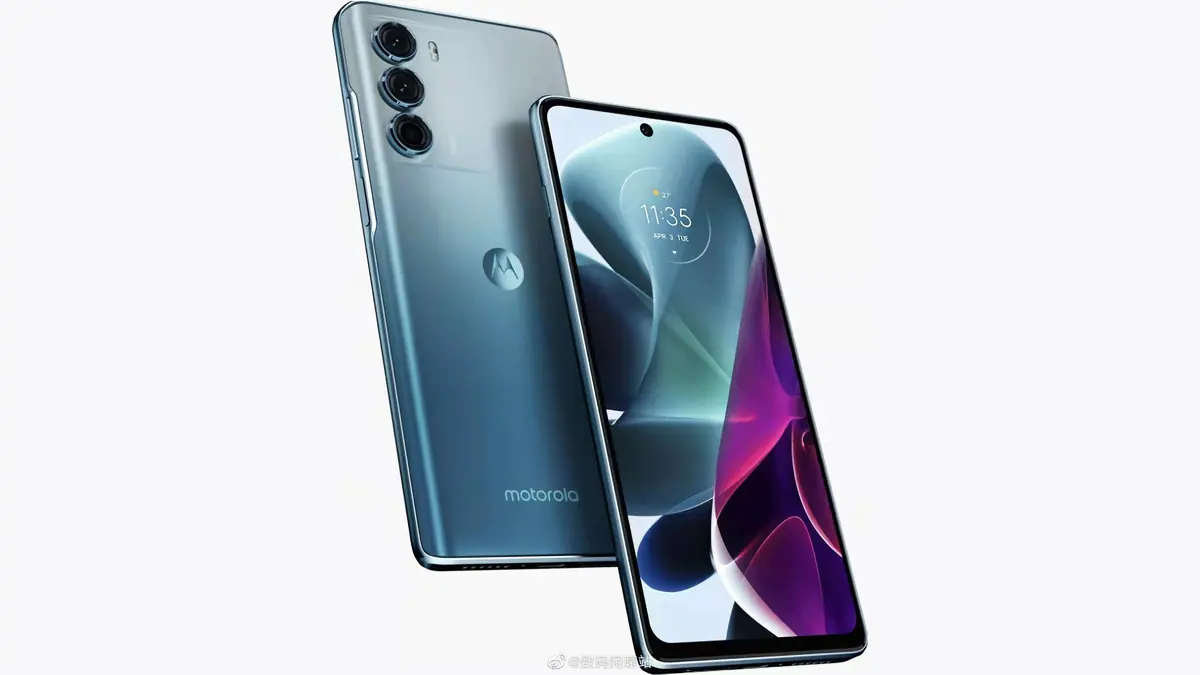Imagine a cell phone that fits perfectly in your pocket, extending to the size of a generous inch tablet. A so-called Samsung Galaxy that can transform into a Galaxy Tab Ultra. It’s not the first time we’ve seen an expandable display, but what Samsung showed during Display Week by SID is the closest we’ve ever been to the idea of an expandable mobile tablet.
The new prototype is called Rollable Flex. We are in front of a screen that can stretches up to five times its size. In this case, going from about 49 millimeters to a total of 254.4 millimeters. To give us an idea, the width of the Galaxy S23 is about 70 millimeters, while the Galaxy Tab S8 and its 11-inch screen are 253.8 millimeters.
This prototype opens the door to super expandable devices in the future. It’s a tablet with an OLED panel that can be shortened to mobile phone size when we want to store it.
Samsung Display says, “Traditional foldable or slider form factors offer up to three times scalability, while Rollable Flex allows the screen to roll and opens on an O-shaped axis like a scroll“.
This form of expansion is the most attractive aspect of its structure. By doing it in one swipe it is easy to achieve such different sizes without damaging the panel too much. We’ll have to see how the final thickness will look after it’s rolled.
New folding prototypes with integrated sensors
In addition to this expandable prototype, Samsung Display showed several concepts related to flexible displays. The first of these is ‘Flex In & Out’, mobile that folds back and forth 360 degrees.
This possibility will allow thinner and lighter folding mobile phones to be used as the user sees fit, rather than sticking to a particular folding method.
Another prototype is a tablet called the ‘Slidable Flex Solo’ that can expand from 13 to 17 inches. You gain a few inches here, but not as impressive as the Rollable Flex, which lets you increase its size by five times.
Samsung Display also showed news that wasn’t exactly related to flexible displays. One of them is Sensor OLED Display, first panel that can detect fingerprints anywhere on the screen. This will allow the device to be reduced in size as it is not necessary to add a specific fingerprint sensor under the screen as the panel itself does this function. The OLED Display Sensor can also measure heart rate and blood pressure with the touch of two fingers.
on Xataka | This Samsung prototype hides the solution to the biggest problem with its folding















